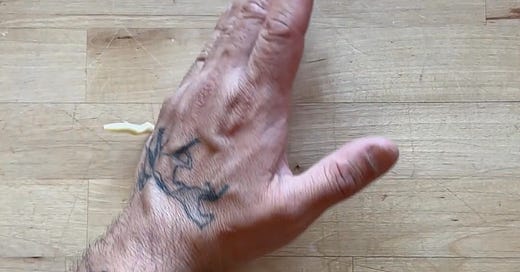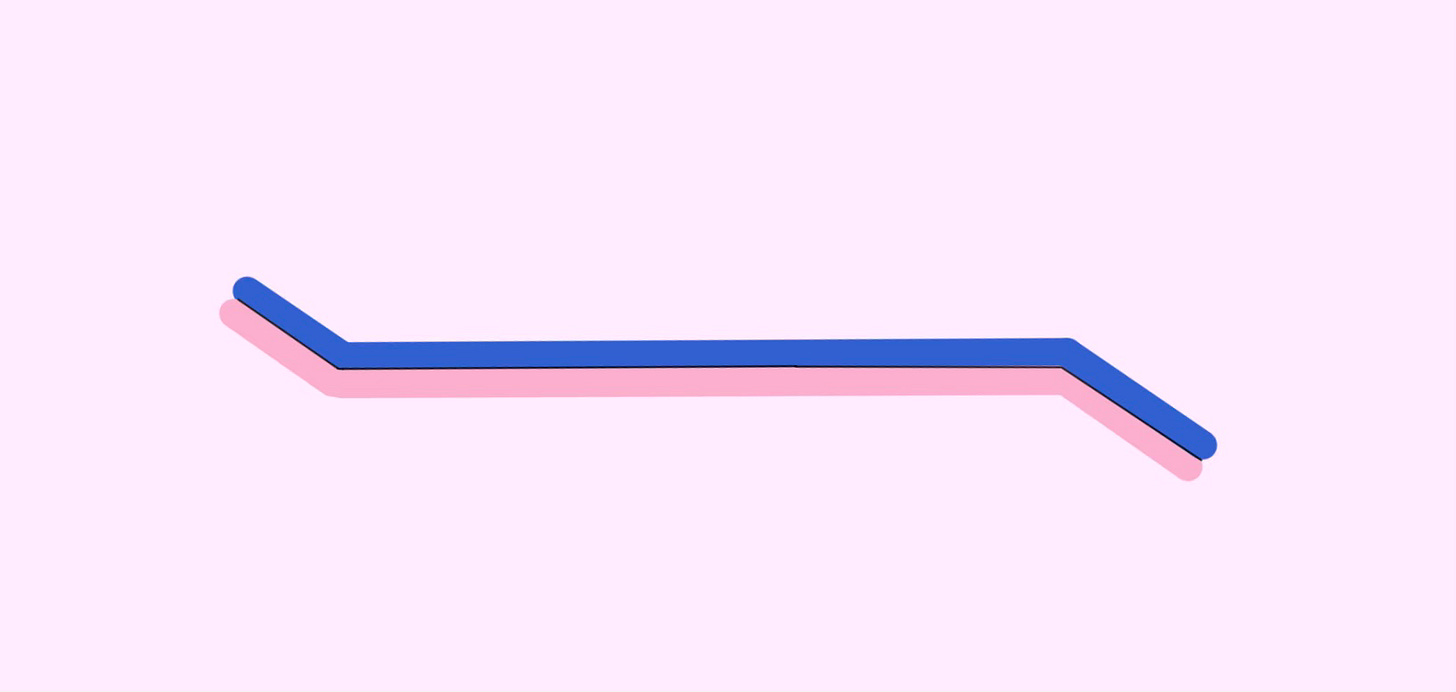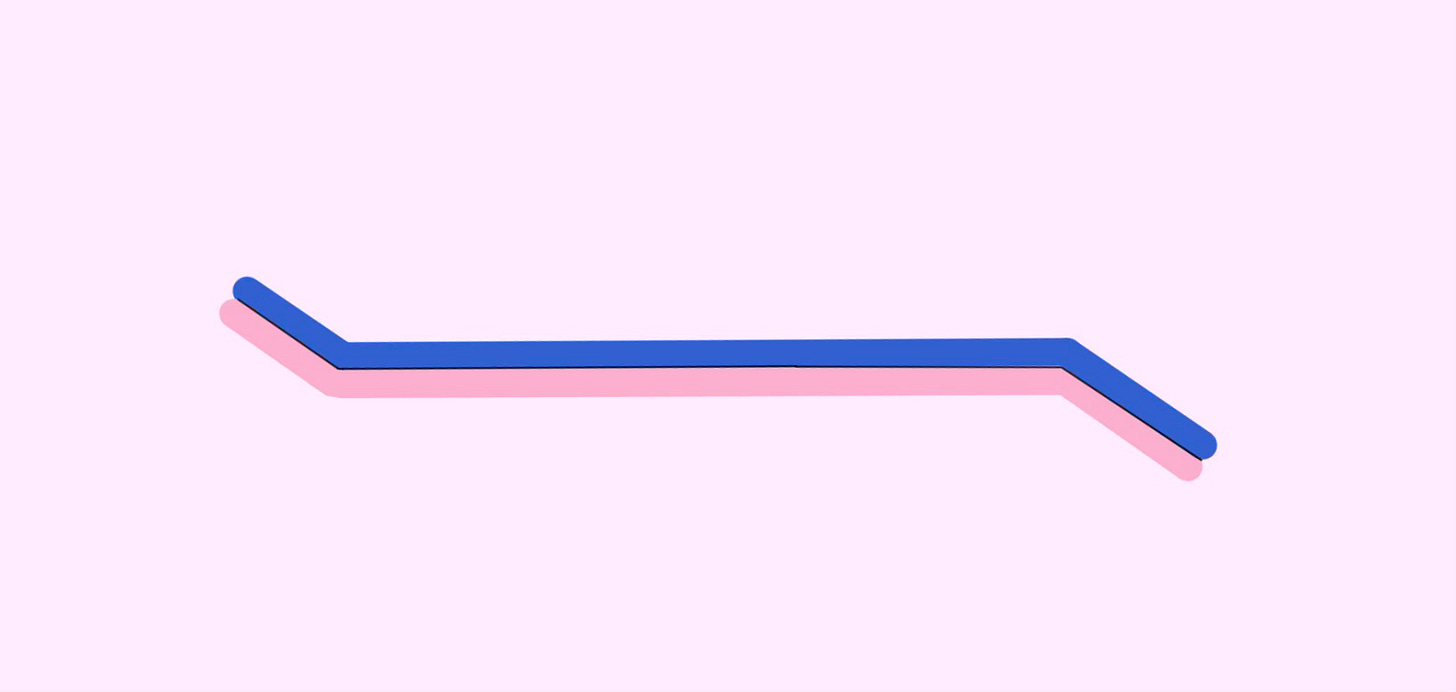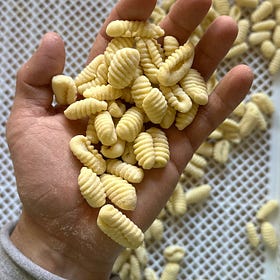PASTA CLASS #03
Originating from Liguria- this shape is deeply rooted in the regions history.
The name "trofie" is believed to derive from the Ligurian verb strufuggiâ, meaning "to rub," referencing the traditional method of shaping the pasta by rubbing small pieces of dough against a surface to create its characteristic twisted form.
Traditionally trofie was handcrafted by Ligurian women, who would roll small pieces of dough against a wooden board to achieve its spiral shape. This process was not only a culinary practice but also a communal activity, often involving multiple generations and neighbors. The Nonnas would all hang out making pasta together.
Trofie holds a special place in Ligurian cuisine, traditionally served with pesto alla genovese- what we know as Pesto. The shape make it a perfect pairing for this sauce, as it highlights all the elements perfectly.
LISTEN TO THE STORY I TALK ABOUT HERE IN THIS POST ON IG
NO PASTA TOOLS NEEDED
Trofie is one of the hardest pasta shapes to make by hand. It doesn’t look like much—just a tight little twist—but it takes serious repetition and muscle memory. I’ve been practicing this shape for years, and I’m still not very good at it.
What makes trofie tough is that everyone’s hands are shaped differently. The way you roll the dough off your fingers, the angle of pressure, even how you flick your wrist—it’s all personal. So the angle you need to create that spiral isn’t the same as the one I use. That’s what makes it so hard to teach—but also so fascinating.
The truth is, the people who are good at making pasta… make pasta every day. That’s it. So if you’re struggling, don’t beat yourself up. You’re not supposed to become a nonna overnight. The beauty of being a nonna is in what you bring to the table after a lifetime of cooking—your experience, your intuition, your love. It’s not something you’re born with. It’s earned.
How to make Trofie
Start with a small piece of dough—about the size of a quarter. Roll it into a ball, then gently flatten it into a short little cylinder.
Now here’s where things get technical.
Place your hand at the end of the cylinder that’s on the same side as your dominant hand. So if you’re right-handed, your hand starts on the right side of the dough. Left-handed? Start on the left.
From there, imagine your hand is following the slope of a line graph—you're dragging it down at a diagonal, toward the opposite side of your body. All while applying even pressure to the dough.
That pressure is the difference between a clean, elegant spiral and a stubby lump of pasta.
Too hard and you’ll rip or stretch the dough.
Too soft and the shape will stay too thick and chewy.
What to pair this with
Pesto
Pomodoro & Butter
Walnut Sauce
Green Béchamel (like a green Mac n Cheese)
PASTA DOUGH FOR THIS SHAPE
FLOUR + WATER PASTA DOUGH
This is great for pasta beginners who want a low entry pasta dough to get started. Additionally if you are avoiding eggs at the store due to high prices, have an allergy or are on a plant based diet-this Pasta dough is great for you.






















Share this post